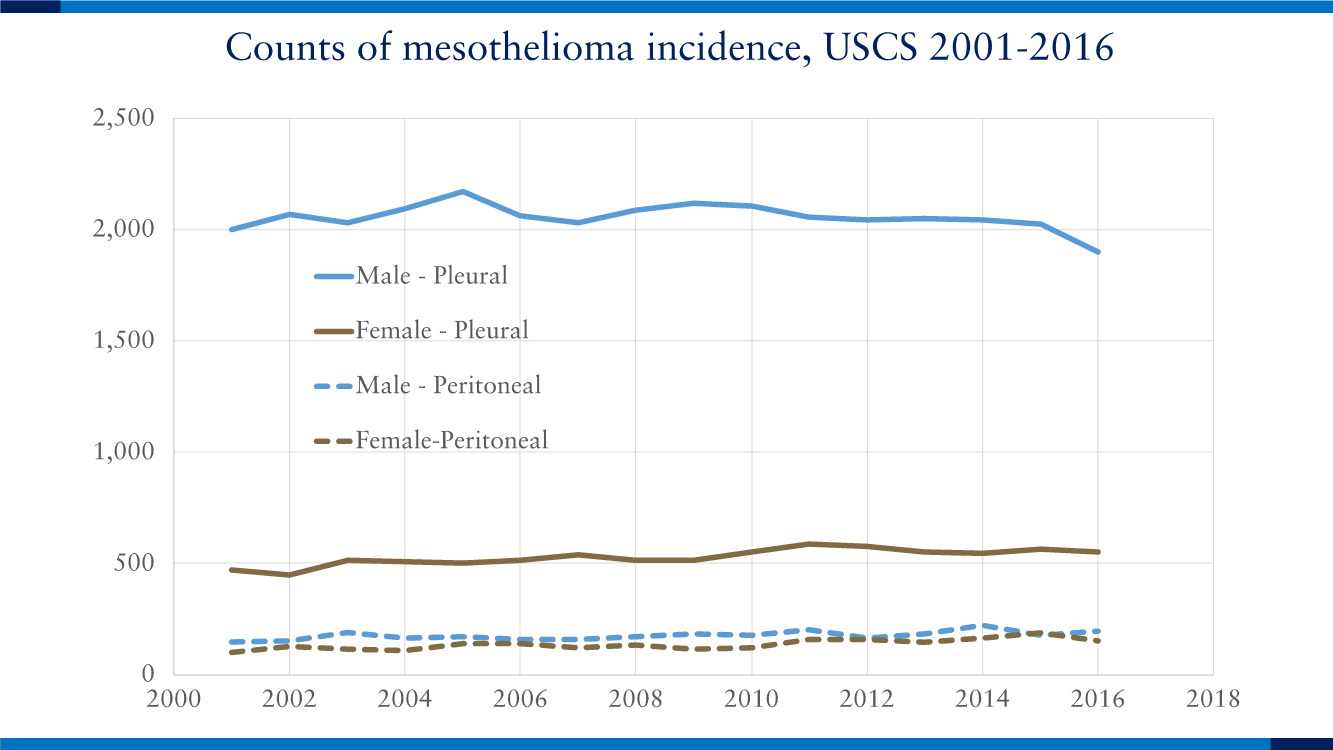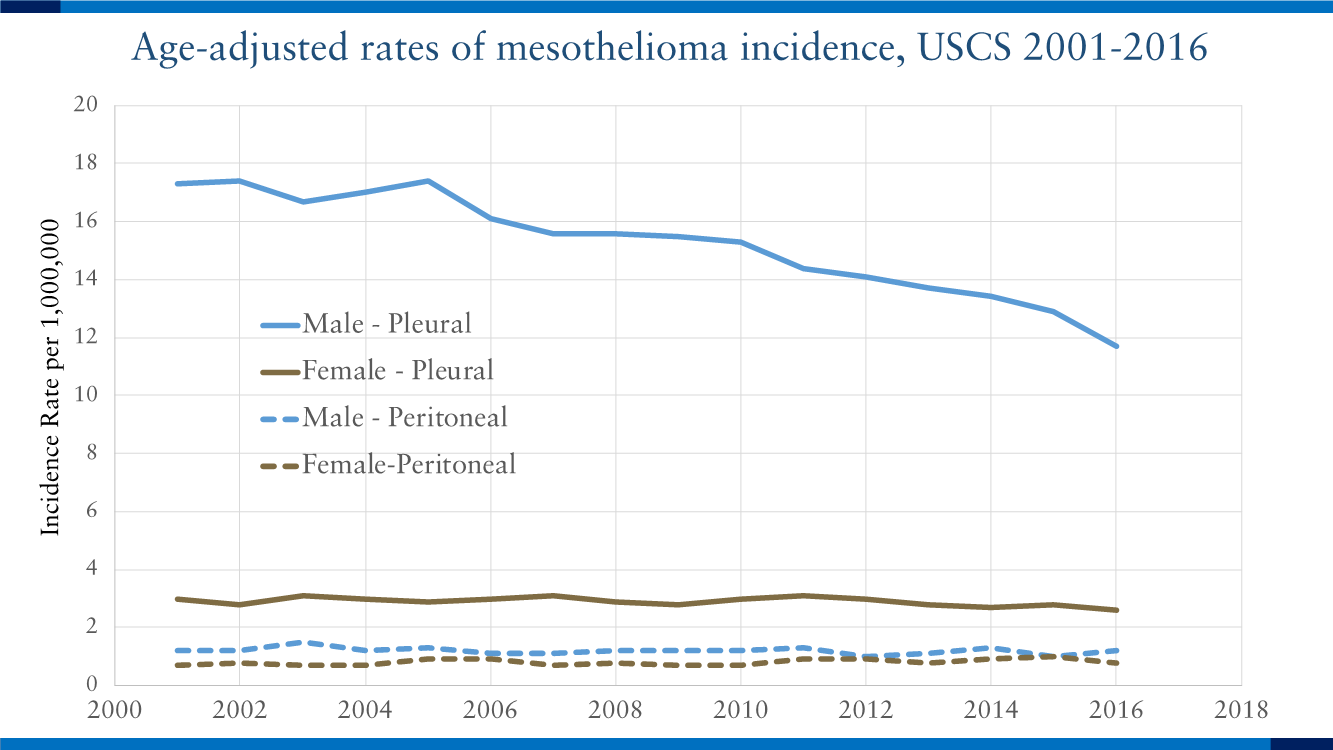The Garlock bankruptcy estimation ruling is important because of the Court’s decision not to rely upon past claim settlement practices in the tort system as a basis to estimate the appropriate size of a trust to discharge Garlock’s asbestos liability for all pending and future mesothelioma claims. Rather, the Court recognized that crunching numbers from past settlements did not measure what the Bankruptcy Code required to be measured: Garlock’s true legal liability. It held:
“the best evidence of Garlock’s aggregate responsibility is the projection of its legal liability that takes into consideration causation, limited exposure and the contribution of exposures to other products.”[i]
The Challenge of Estimating Liability without Proofs of Claim
This focus on the facts of claimants’ exposures to both Garlock’s products and other asbestos products created an obvious challenge in the Garlock case. Thousands of current potential claimants existed, yet the Court had determined not to require proofs of claim that would have allowed determination of the facts underlying all current existing claims. Moreover, it was expected that future claims would continue to arise in coming decades on behalf of persons who had not yet been diagnosed with mesothelioma.
How, then, was the Court to determine the exposure and contribution of other products without the facts of all individual cases before it? The answer was that the Court turned to the same methodology customarily employed by scientists in evaluating large groups of workers when making decisions concerning them: the use of representative data.
Developing Exposure Profiles
Information was available about past cases, and the Court employed a questionnaire to secure extensive information from current claimants. Using that data, experts methodically grouped claimants by the similarity of their occupations and industries and constructed an “exposure profile” for each group.
Certainly, the facts of any individual case may vary from the norm—some individuals may have more of the exposure in question, some less. Yet when scientists evaluate thousands of workers, the peaks and valleys average out, and decisions can be based upon the typical expected range of exposure. The Court in the Garlock bankruptcy determined it could rely on the same type of evidence to estimate the fair maximum amount necessary to discharge all claims for which Garlock would have legitimate responsibility.
The result of that process is demonstrated for representative occupations in the following graphic. It illustrates how Garlock product exposure compared to the exposure claimants received from other products.
Using this data, the Court was able to determine that Garlock’s liability is “relatively de minimis” when compared to other exposures claimants may have experienced.[ii]



